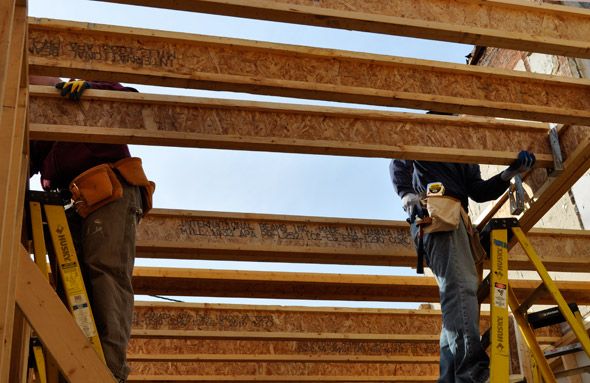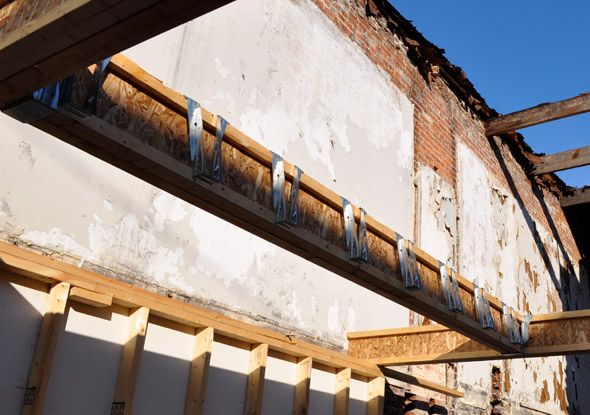Using Engineered Wooden I-Beam Ground Joists at Habitat
Yesterday, Fred described our use Habitat for Humanity in Sandtown. I had lots of fun functioning this remodel and would desire everyone to find a chance to volunteer. We started your day by completing installing about 8 flooring joists for the next floor. This post targets wood I-beam ground joists and how exactly we installed them. It is possible to read Fred’s authentic post on setting up a plywood subfloor from yesterday, that actually happened after these flooring joists were set up.
MORE INFORMATION on TJI’s
Wooden I-beam joists, also known as TJI’s (for Trus Joist I-Joist), resemble steel I-beams. They’re composed of a high and base flange with a bit of plywood or OSB set perpendicular in between both. Flanges range in proportions from 1½” – 2½” broad and depths vary based on application (home or industrial) and spanning distance. To learn more on TJIs along with other floor joists, have a look at my article comparing ground joists.
Great things about Wood I-Beam Joists
Manufactured beams have become the most well-liked choice for brand-new structures due to all the advantages they provide. Right here’s a brief list of the advantages of wooden I joists, by characteristic.
- Rigidness
Maybe the largest benefit of using wooden TJI joists will be their rigidity. TJI’s have become stiff and also have limited deflection in comparison to traditional wood joists. This will be an important characteristic considering the stringent deflection specifications for natural rock and ceramic tile. - Span
These joists may also span bigger distances than traditional wooden joists. A joist 16 inches strong and spaced 16 in . apart can period about 26 foot. - Warping & Twisting, Uniformity
Engineered beams are usually manufactured to be extremely constant. With TJI’s, you’ll find they’re very straight and also have minimum twisting and warping. There is also hardly any dimensional shrinkage, this means easier installation and much more uniform surface area flooring. - Flange
I think about the flange width to end up being another advantage. It offers a wide surface area for nailing, screwing and gluing the subfloor. This could be particularly useful if the area is somewhat out of square or in case a individual joist is somewhat mispositioned. - Environment friendly
The eco-friendliness of TJI’s is really a small clouded. On the main one hand, wood joists are usually made from old development trees which are tough to displace. I-joists use less wooden and so are made from a number of different pieces. However, there’s some off-gassing that occurs in the manufacturing procedure, but ultimately I believe they are a good choice taking into consideration the benefits and capability to use new development trees.

Install TJI Wooden I beam Flooring Joists
Framing a flooring with I-joists is quite similar to making use of dimensional lumber. In the initial picture you can view that we are usually mounting the joist flush against another to function around a staircase. This flush-framed method demands galvanized hangers to aid the TJI joist. We got special care to put them 16″ OC and utilized 1 ½” nails to secure them set up. Only nail one aspect of the hanger, after that set the I-beam set up and nail another side.
On the contrary side, the I-joist rests together with of a beam. This is actually the drop-framed technique and we nailed these joists to a rim panel. Take special treatment walking on I-joists prior to the plywood sheathing will be installed because they are much less stable.
